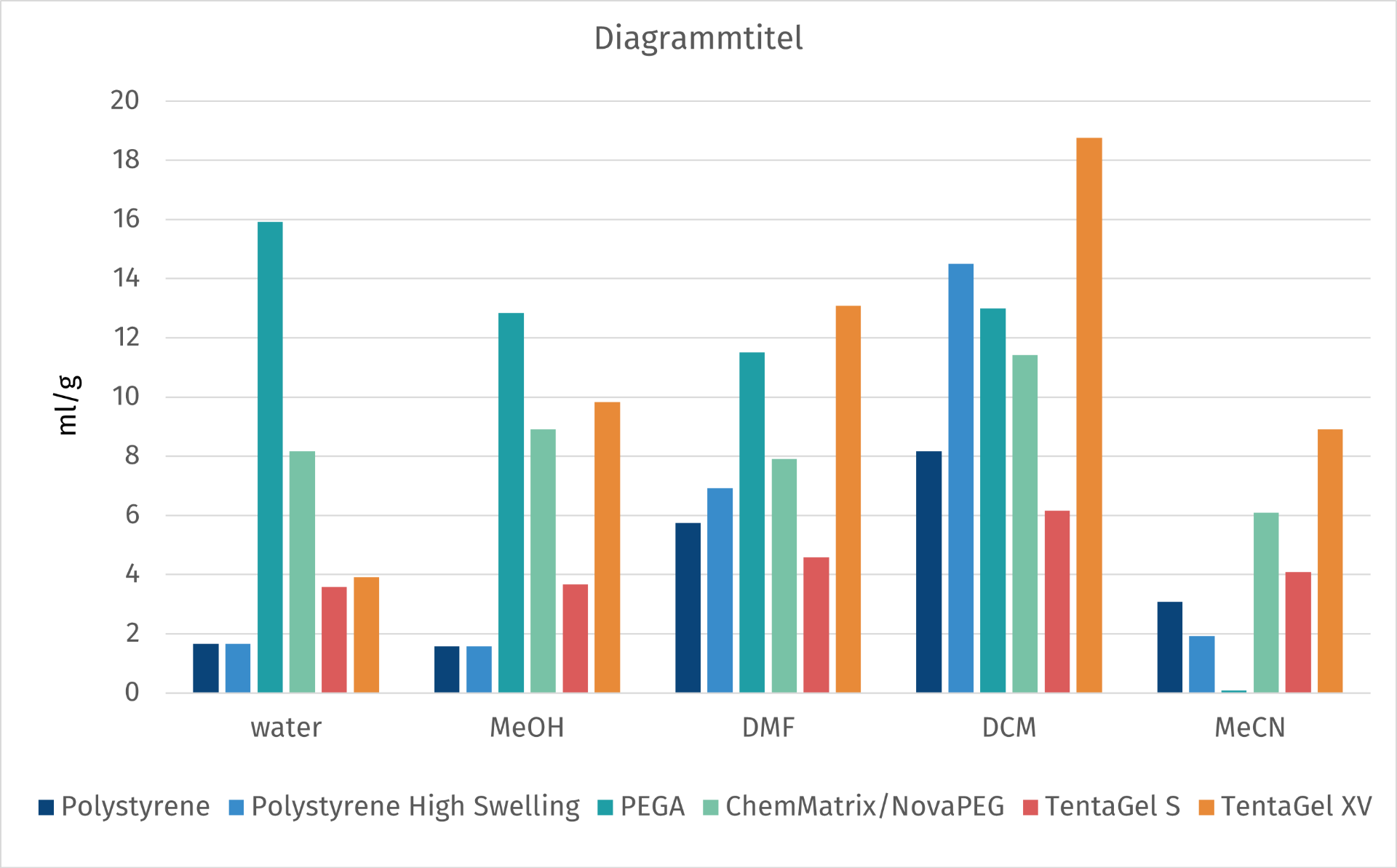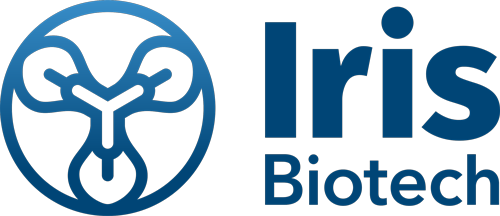Welcome to Iris Biotech
For better service please confirm your country and language we detected.

For better service please confirm your country and language we detected.

Thank you very much for your interest in our products. All prices listed on our website are ex-works, Germany, and may attract customs duties when imported.
You may/will be contacted by the shipping company for additional documentation that may be required by the US Customs for clearance.
We offer you the convenience of buying through a local partner, Peptide Solutions LLC who can import the shipment as well as prepay the customs duties and brokerage on your behalf and provide the convenience of a domestic sale.
Continue to Iris Biotech GmbHSend request to US distributorPublished on 18.10.2022

In contrast to the most common resins, which are based on polystyrene, the ChemMatrix® resin is 100% polyethylene glycol based. Thus, the high polarity of the ChemMatrix® resin allowed the use of various polar solvents, e.g. MeOH, MeCN, water, THF, DMF, in which the resin displays excellent swelling properties. As ChemMatrix® resins are discontinued by their manufacturer, in the following, we are highlighting possible alternatives.
TentaGel® resins consist of low cross-linked polystyrene on which polyethylene glycol with a molecular weight of 3000 Da is grafted. The PEG spacer is attached to the polymer matrix via an ether bond, which shows high stability towards acid treatment and minimizes PEG leaching. Besides, TentaGel® resins are pressure stable and can be used in batch processes as well as under continuous flow.

Swelling characteristics of differently functionalized resins.
Through the attachment of polyethylene glycol (PEG) chains to the polystyrene core, the swelling behavior, especially in hydrophilic solvents such as water and methanol, is considerably increased which allows for a broader range of chemistry. Apart from the swelling behavior, the more hydrophilic environment decreases the repulsion of charged organic intermediates formed during reactions. For the base resin, a range of functional groups is available ranging from electrophilic bromine leaving groups to nucleophilic groups like hydroxy, amino, and carboxy functions.
For even higher swelling volumes, we offer TentaGel® XV (XV = extended volume) resins. The high swelling creates an extended reaction space providing ideal conditions for the synthesis of difficult sequences, aggregating peptides, mini proteins and PNAs in high purities and excellent yields.
However, a high resin swelling results in a high consumption of solvents. In case increased solubilizing properties are not required, resins with PEG chains shorter than 3000 Da exhibit sufficient solubilizing property with reduced solvent volume consumption. For such purposes, HypoGel 200 and HypoGel 400 have been developed, containing glycol spacers with only n = 5 or n = 10 units between the reactive sites and the polystyrene matrix.
 TentaGel® S and TentaGel® XV are bearing PEG spacers of 3000 Da, with TentaGel® XV being less cross-linked for higher swelling. HypoGel 200 and HypoGel 400 with PEG spacers of 200 (n = 5) and 400 (n = 10) Dalton, respecitively.
TentaGel® S and TentaGel® XV are bearing PEG spacers of 3000 Da, with TentaGel® XV being less cross-linked for higher swelling. HypoGel 200 and HypoGel 400 with PEG spacers of 200 (n = 5) and 400 (n = 10) Dalton, respecitively.

Swelling volume of polystyrene and different PEG-grafted polystyrene resins in different solvents.
With these data in hand, we suggest TentaGel® S/XV as well as HypoGel® resins as alternative products for the replacement of the ChemMatrix® resin. Besides, we are currently working on further alternatives. Curious? Stay tuned!
➔ You need more details on TentaGel® and HypoGel® resins? Download our Resin booklet!
➔ Further questions? Contact us!
References:
ChemMatrix® for complex peptides and combinatorial chemistry; Y. García-Ramos, M. Paradís-Bas, J. Tulla-Puche, F. Albericio; J. Pept. Sci. 2010; 16(12): 675-678. https://doi.org/10.1002/psc.1282
W. Karnbrock, M. Deeg, J. Gerhardt, W. Rapp; Molecular Diversity 1998; 4: 165.
E. Bayer, WM. Dengler, B. Hemmasi; Int. J. Pept. Protein Res. 1985 ; 25: 178.






